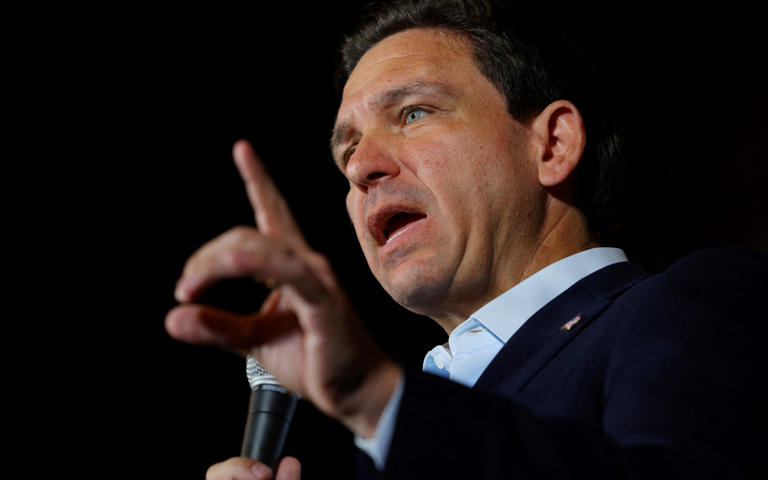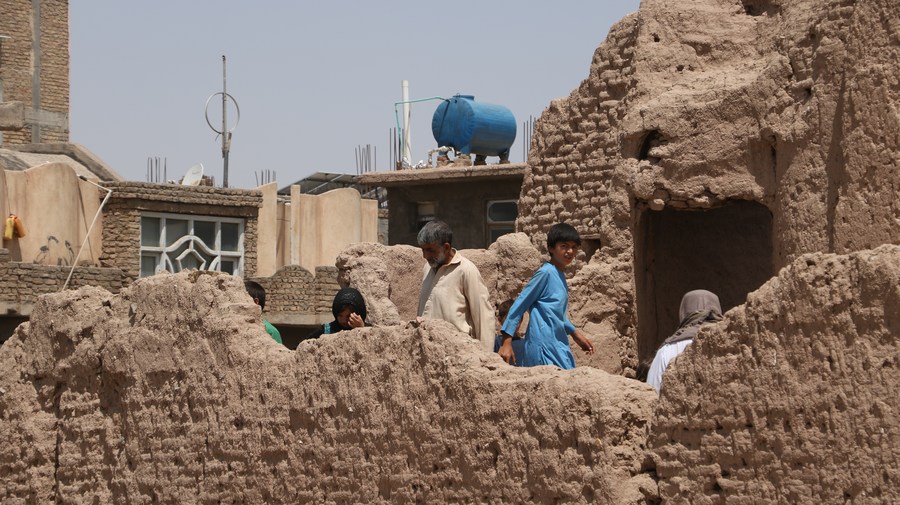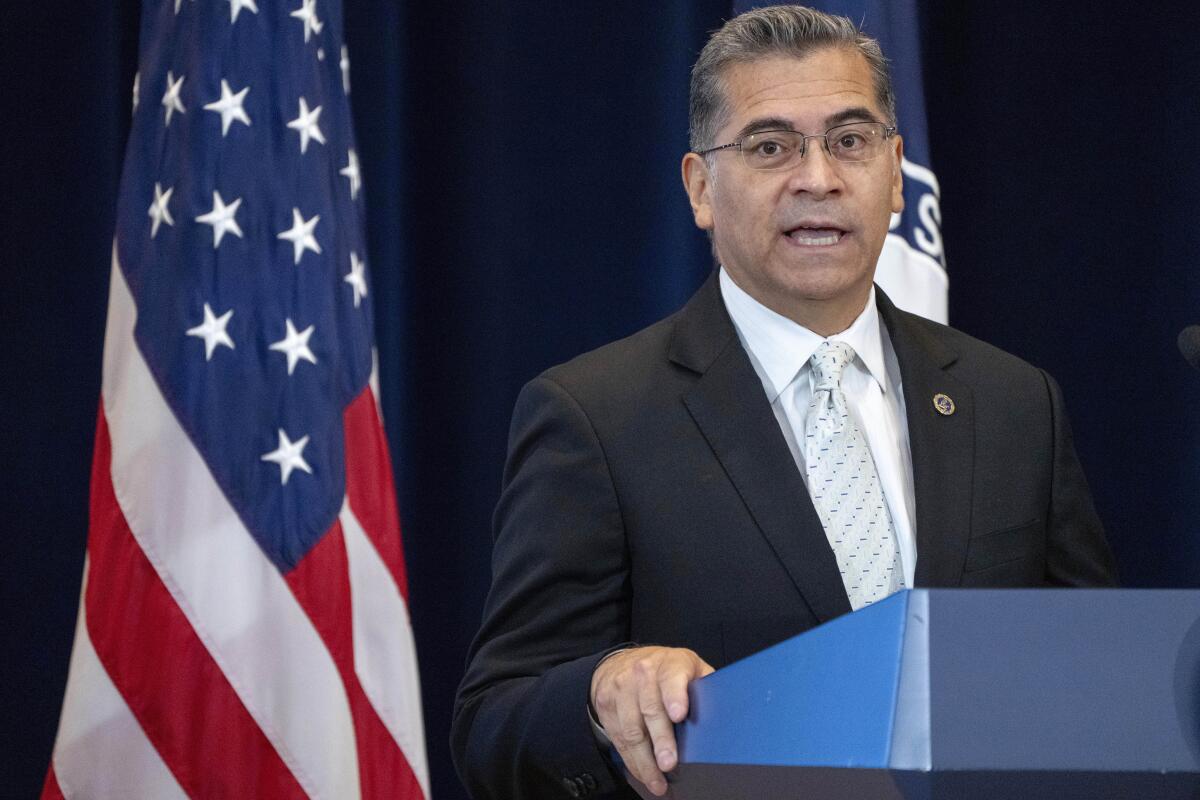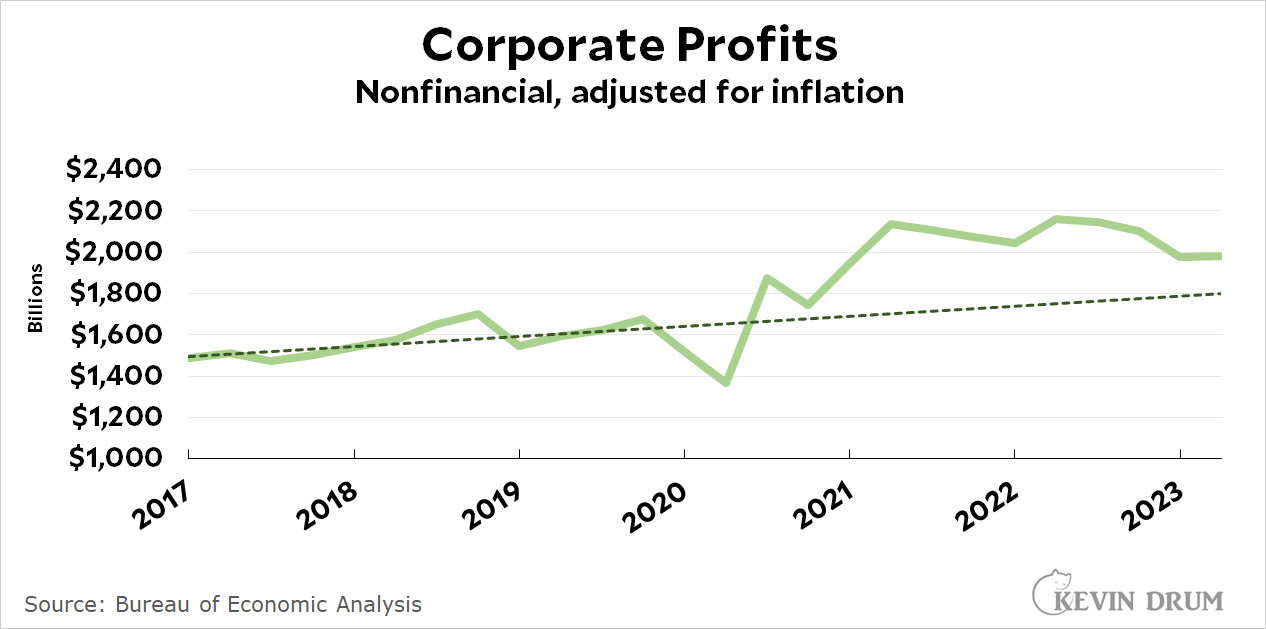Story by Rozina Sabur •12h

Ron DeSantis vetoed the grant which would pay for energy efficiency incentives
Governor Ron DeSantis has refused up to $350 million (£275 million) in funding for Florida from Joe Biden’s flagship climate legislation, prompting fury from lawmakers in his state.
The move by Mr DeSantis, who is seeking the presidency in 2024, could deal a significant blow to Mr Biden’s economic agenda.
The president’s Inflation Reduction Act was passed by Congress in 2022 and includes $783 billion in tax credits and funding to incentivise green energy projects to tackle climate change.
Florida was eligible for around $350 million in energy efficiency incentives under the legislation, which included rebates that went directly to customers.
The state’s Republican-controlled legislature requested and approved a grant for the programme but it was vetoed by Mr DeSantis.
It would have allowed the state’s residents to access $346 million to help cover the upfront costs of upgrading their homes, buying energy efficient appliances such as heat pumps and lowering their energy costs.
POWER WENT OUT DURING BROADCAST

The move came as Hurricane Idalia left 250,000 homes without power and properties submerged on Wednesday© Provided by The Telegraph
Mr DeSantis also turned down $3 million in funding to help the state fight pollution and a programme which would have paid to help low-income residents access solar panels.
Kathy Castor, a Democratic congresswoman representing Florida’s 14th district, accused Mr DeSantis of pursuing his own agenda as he seeks the White House in 2024.
She said: “It feels like we have been pickpocketed by a governor who is elevating his political interests over the people’s interests.”
Another Florida congressman, Darren Soto, said: “He’s senselessly making the state more vulnerable. A lot of other states that are majority Republican haven’t been this foolish.”
Mr DeSantis’ move effectively creates a blockade of Mr Biden’s landmark legislation in one of the country’s most populous states.
The $454 billion (£357 billion) bill was the president’s flagship measure to tackle climate change, reform tax codes and subsidise healthcare.
Mr Biden has toured the country this summer to mark the legislation’s first anniversary and tout its success, in the belief it could prove critical to holding Congress and the White House in 2024’s election.
Declined smaller sums
But Mr DeSantis’ veto could have a ripple effect, and encourage other Republican governors to weaponise the funding and effectively blunt its impact.
So far, Mr DeSantis is the only governor to block energy rebates but other Republican leaders have declined smaller sums for other climate-fighting projects.
“It’s unfortunate that some officials are putting politics ahead of delivering meaningful progress for hard-working Americans,” Michael Kikukawa, White House spokesman, told Politico.
“Despite this, President Biden and his administration are working with cities, counties, businesses, non-profits and other entities in the Sunshine State to ensure Floridians benefit from the lower costs and stronger economy delivered by his agenda.”
White House officials reportedly believe Florida will ultimately access the rebates but believes Mr DeSantis could wait until after the Republican presidential primary – or even the 2024 general election – before reversing course.




:quality(70)/cloudfront-us-east-1.images.arcpublishing.com/tronc/Q6Y3LJLE2ZCI5M6JH6MQOWCVQU.JPG)






